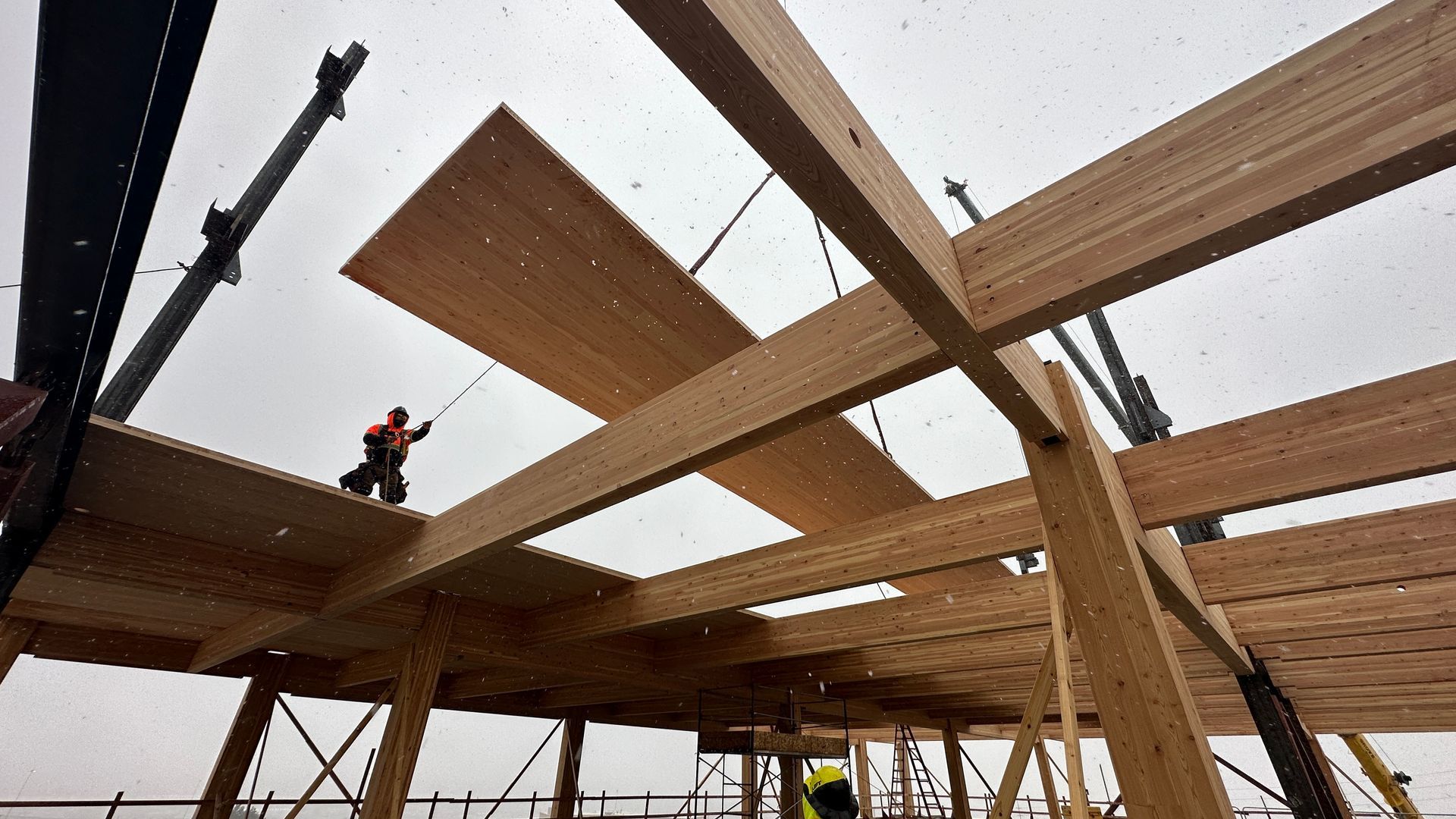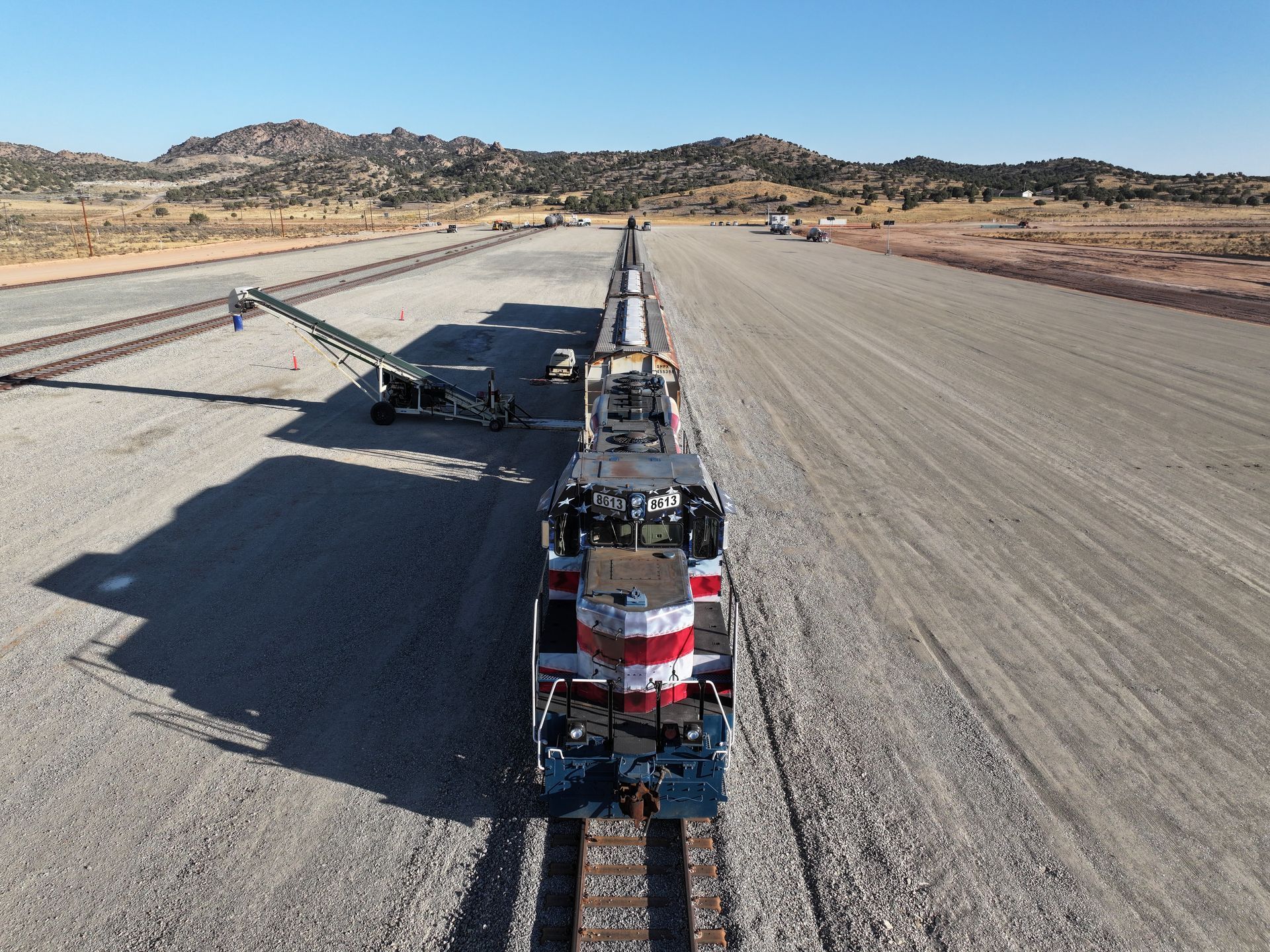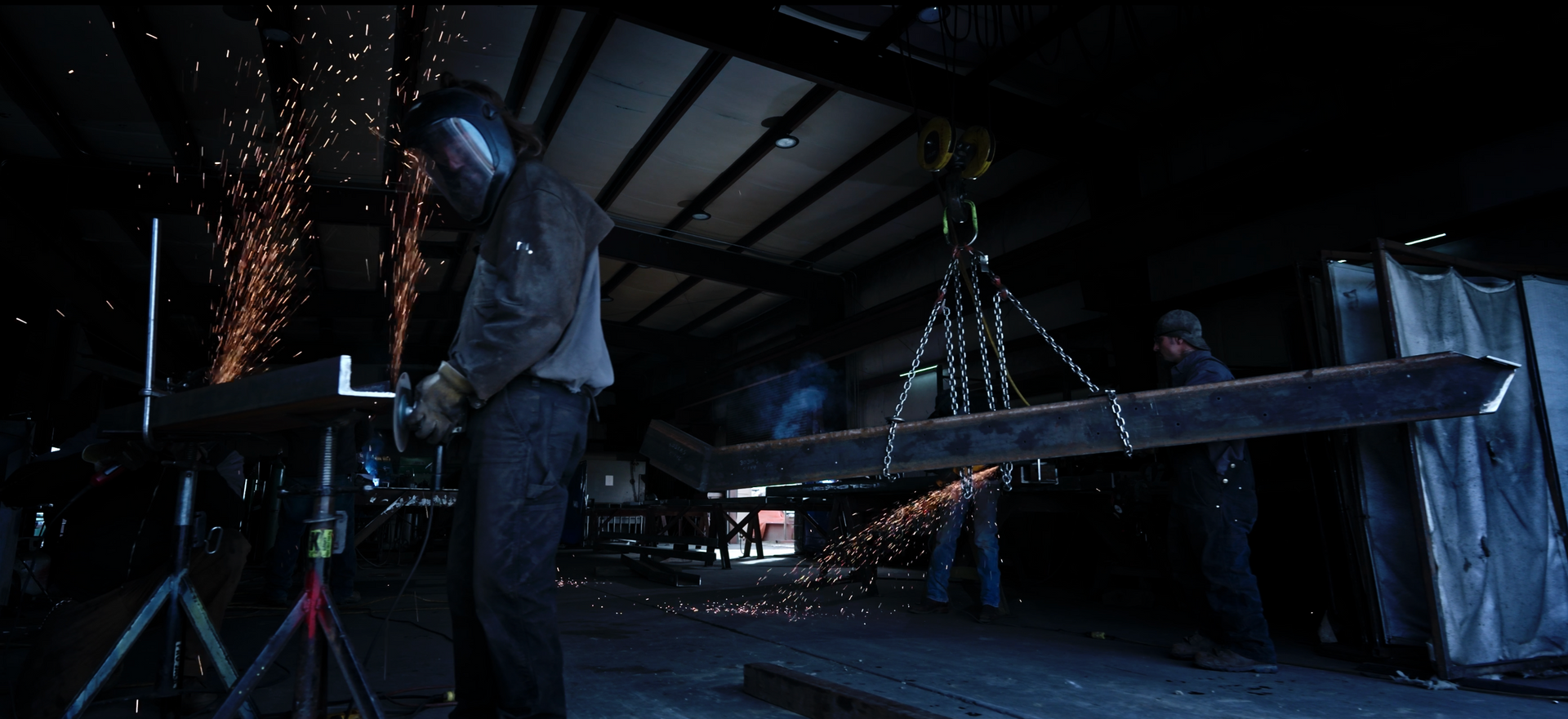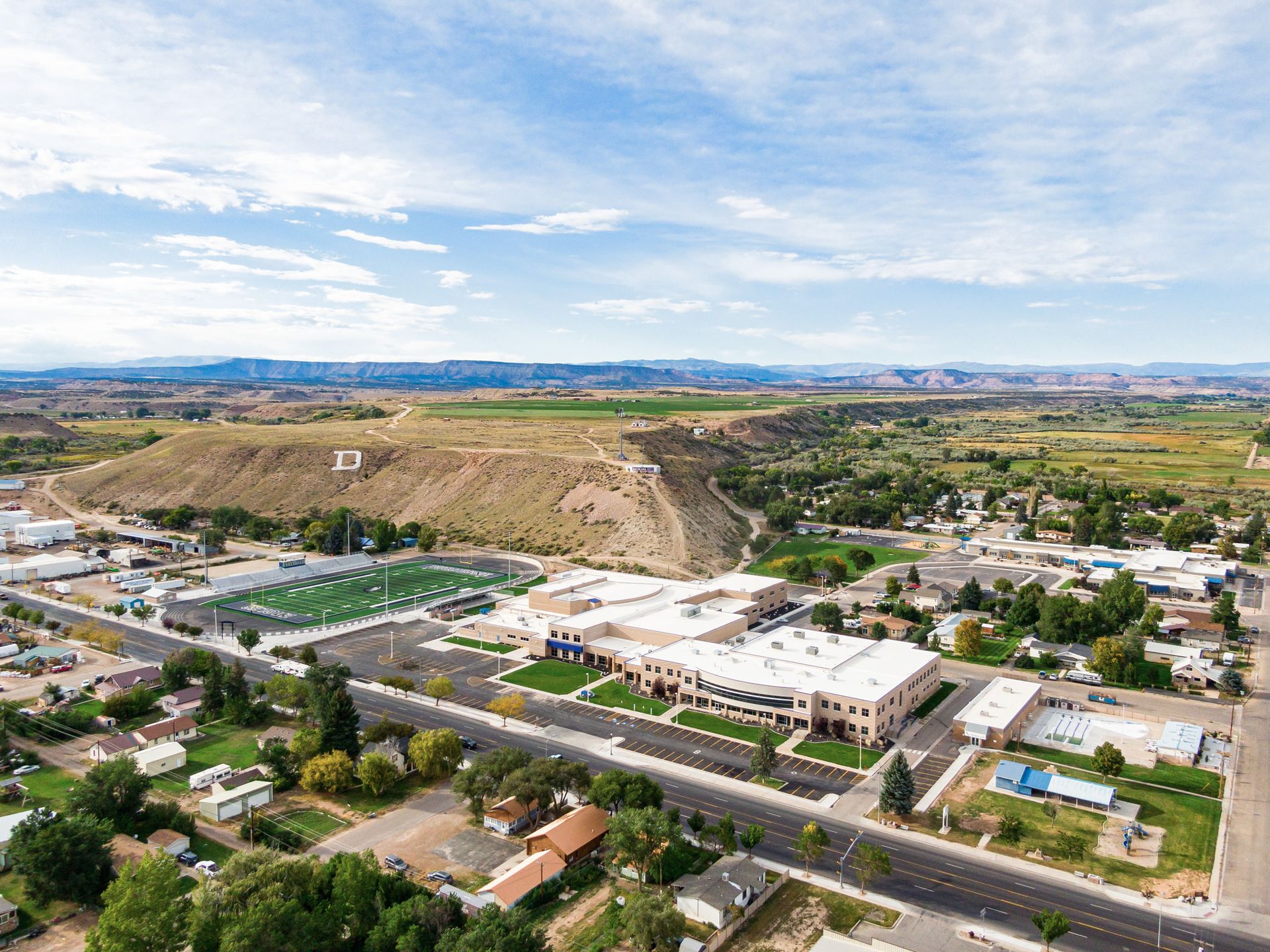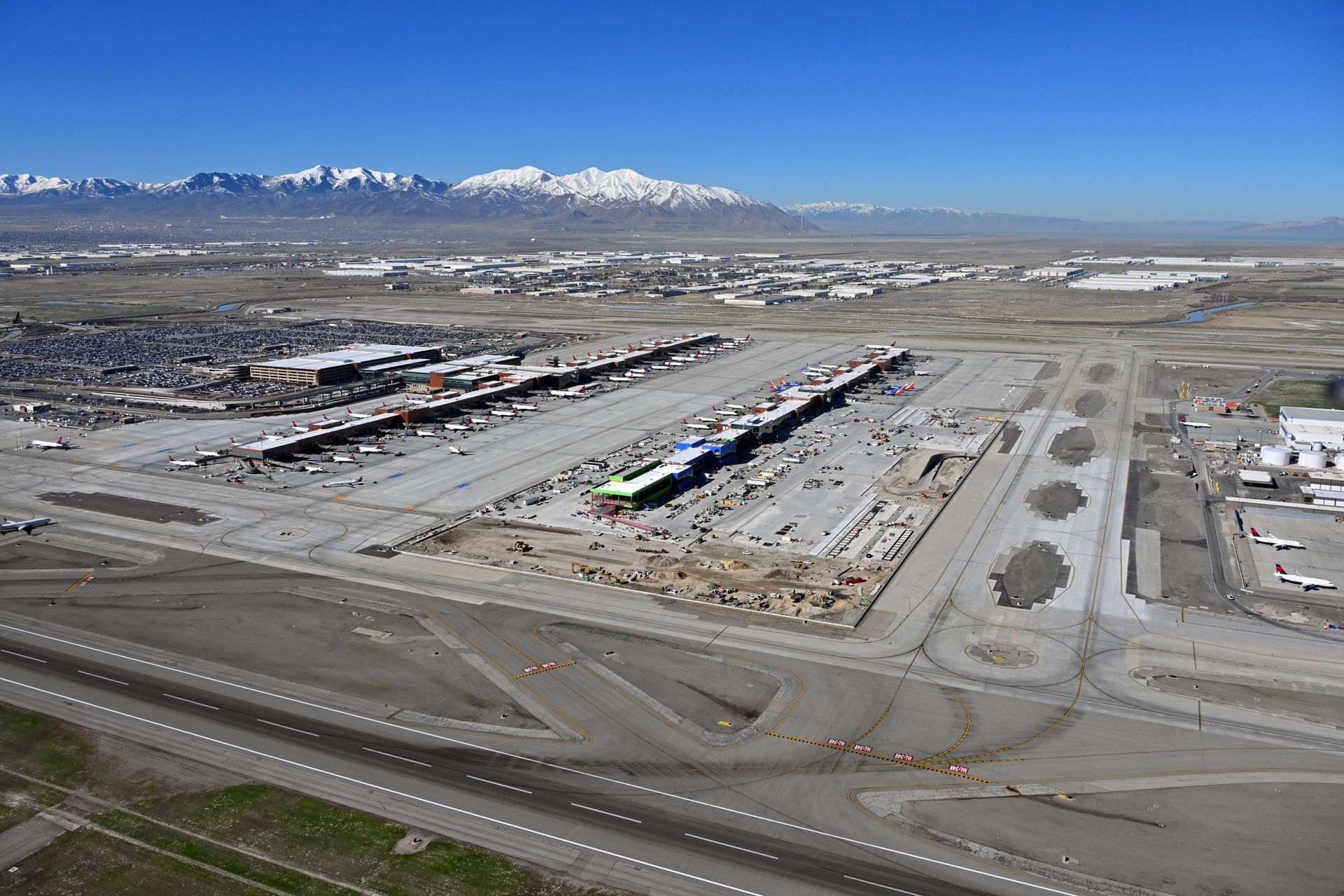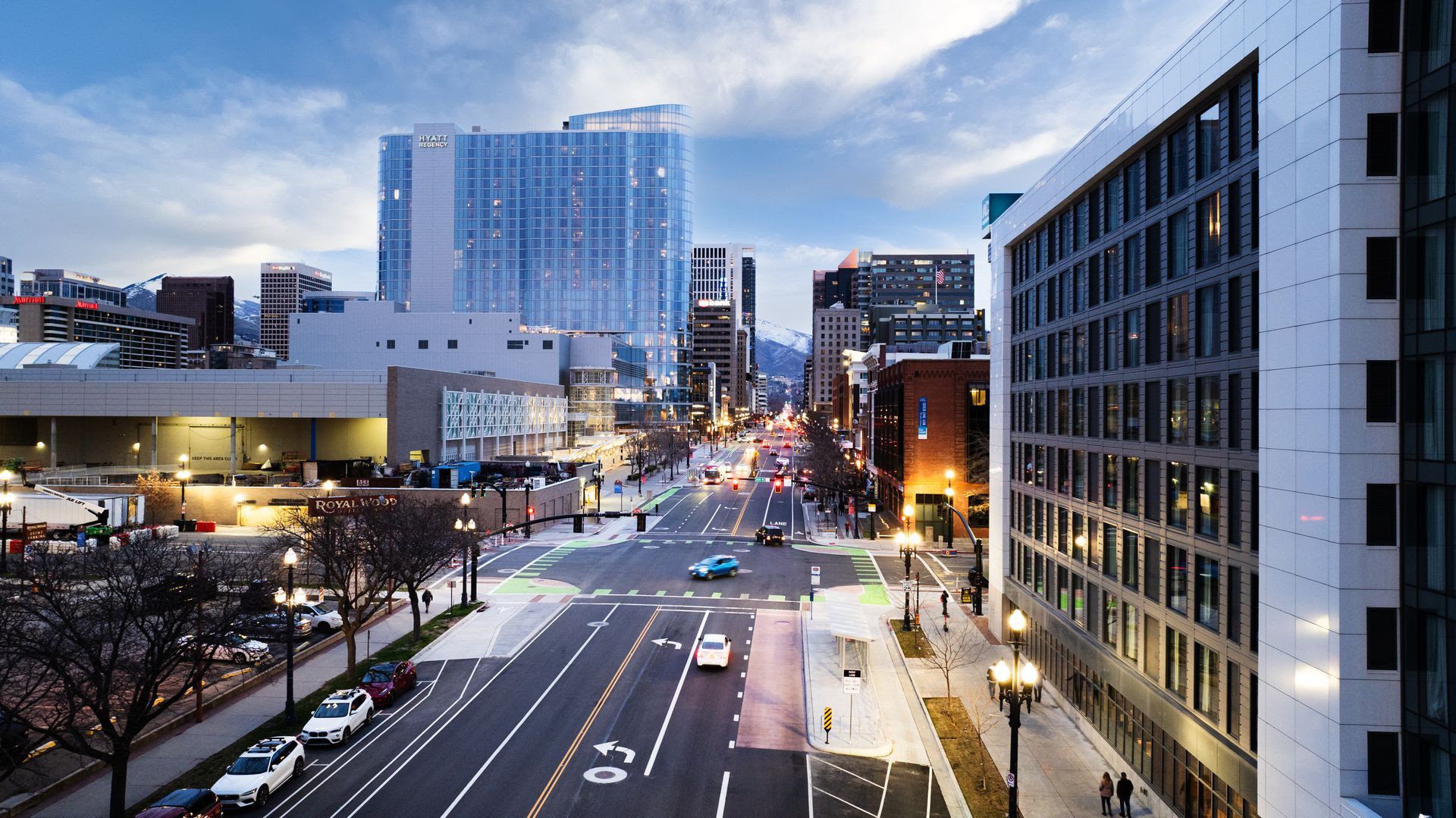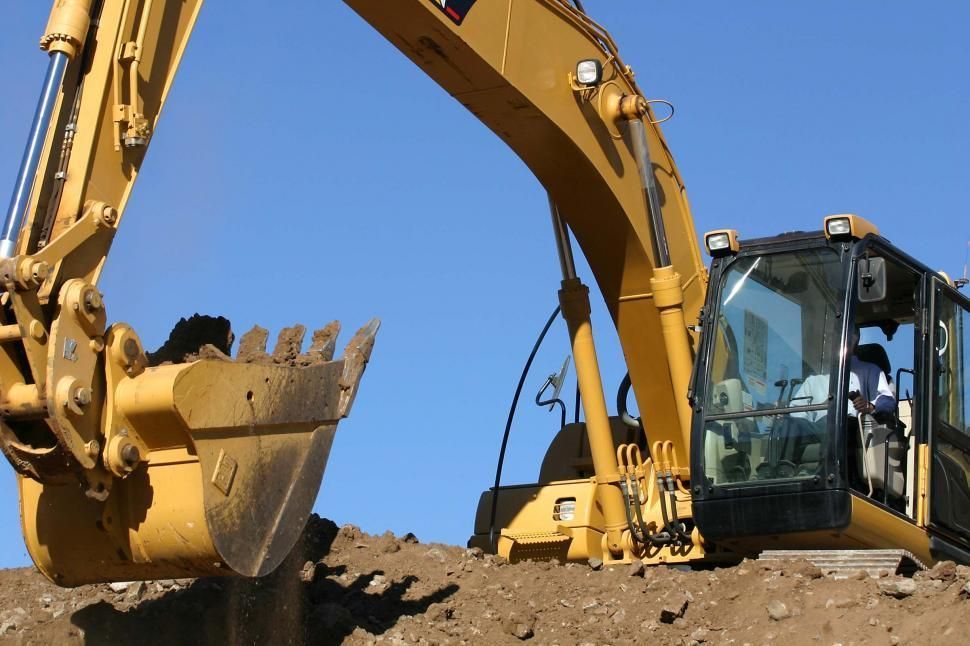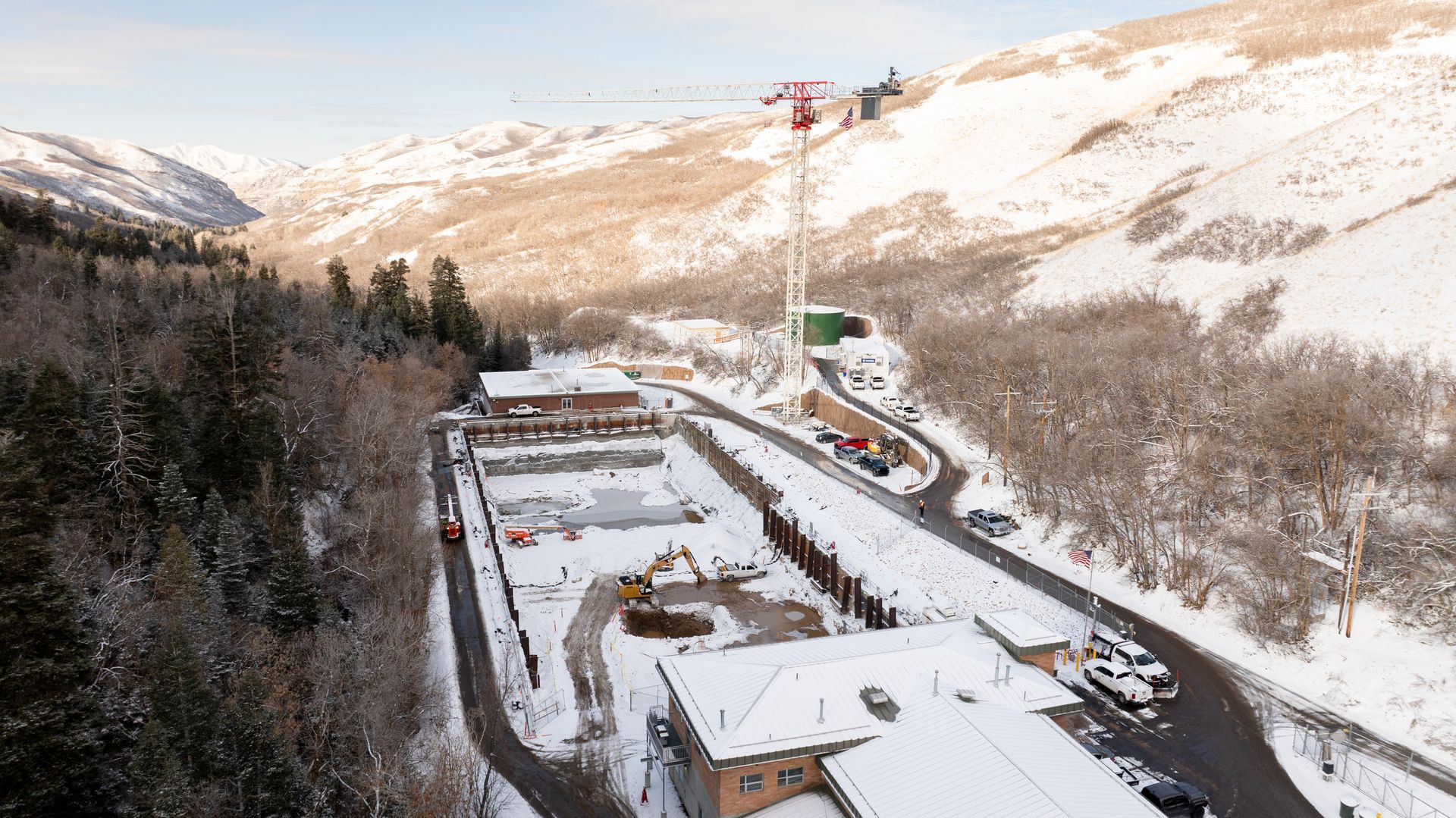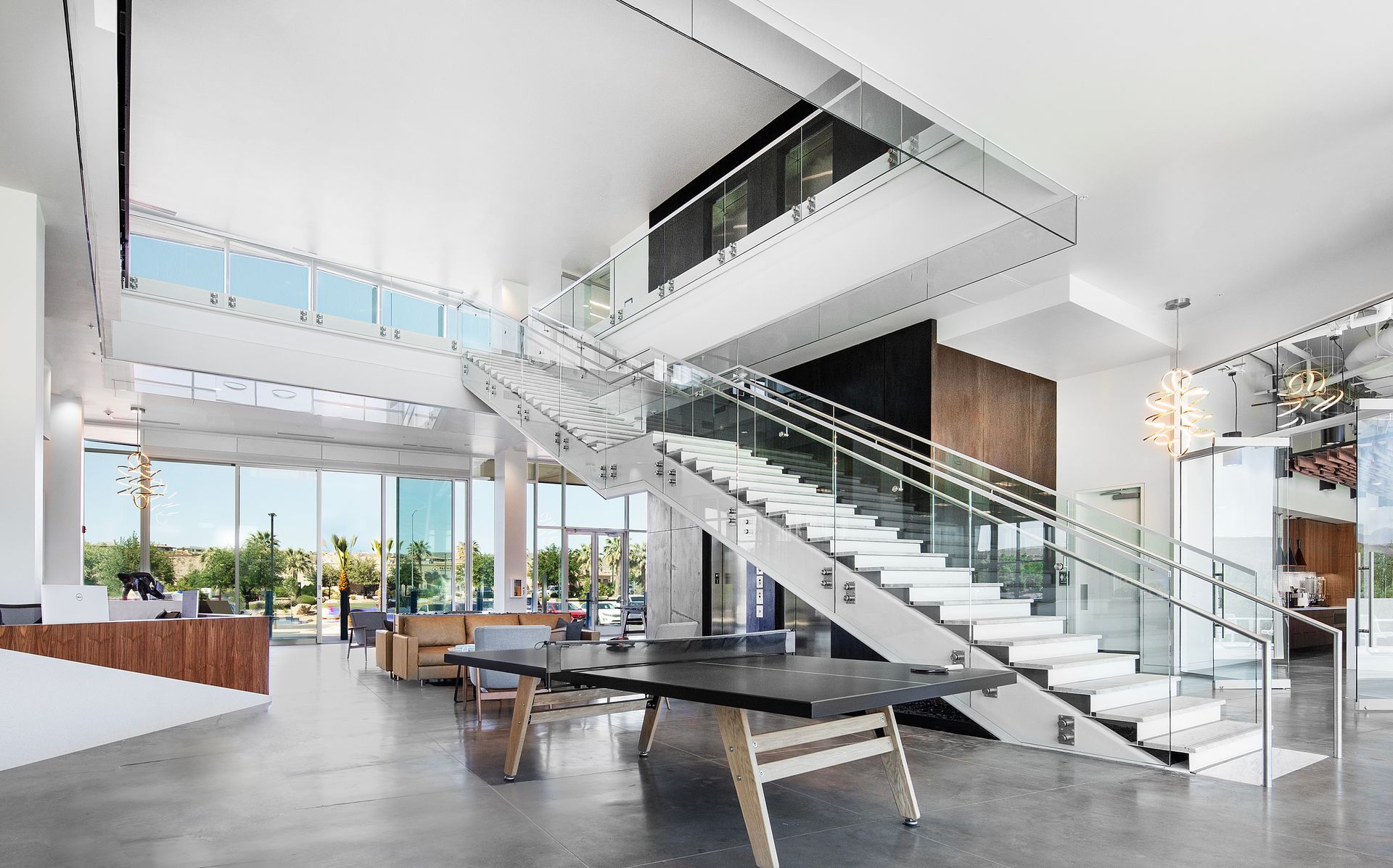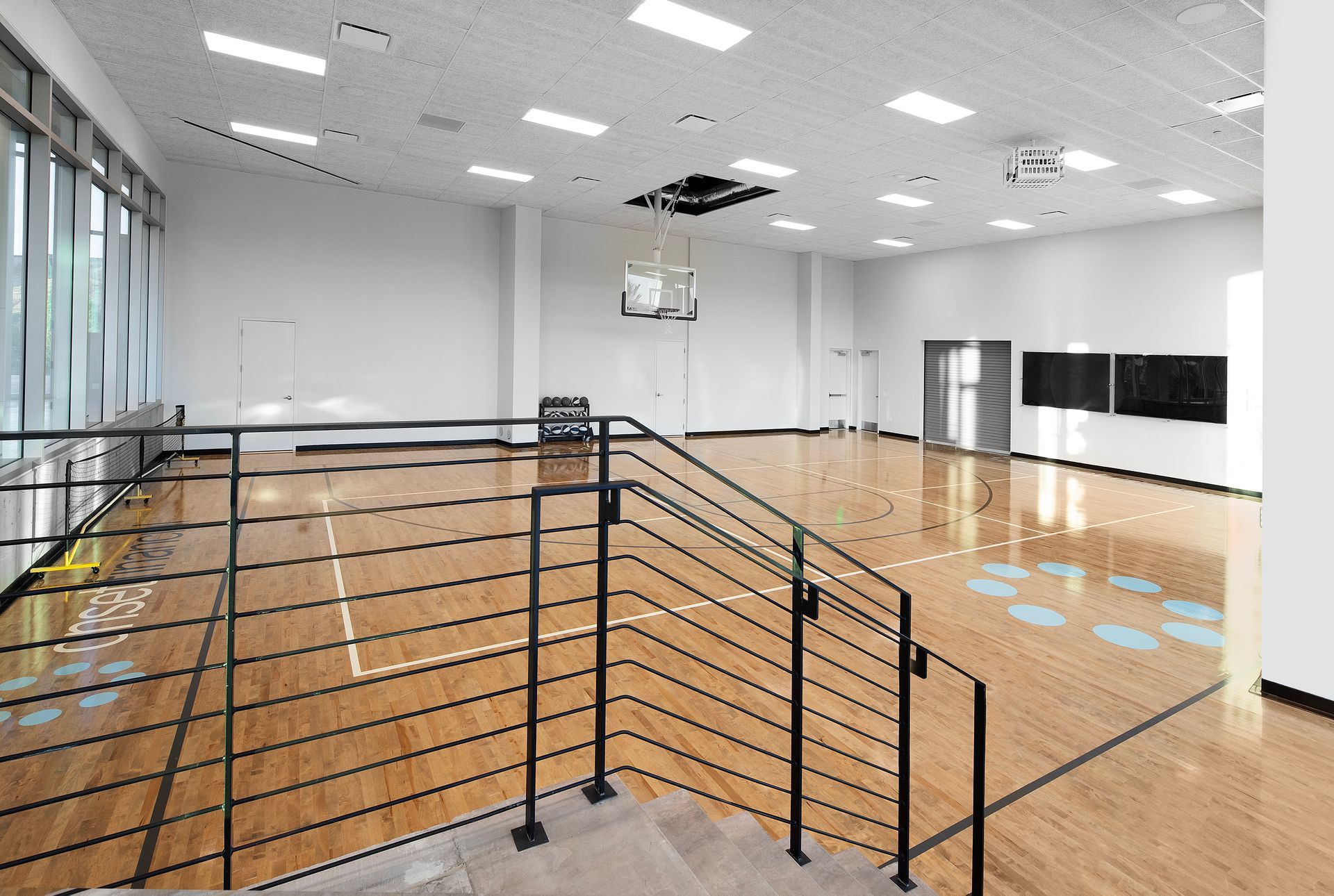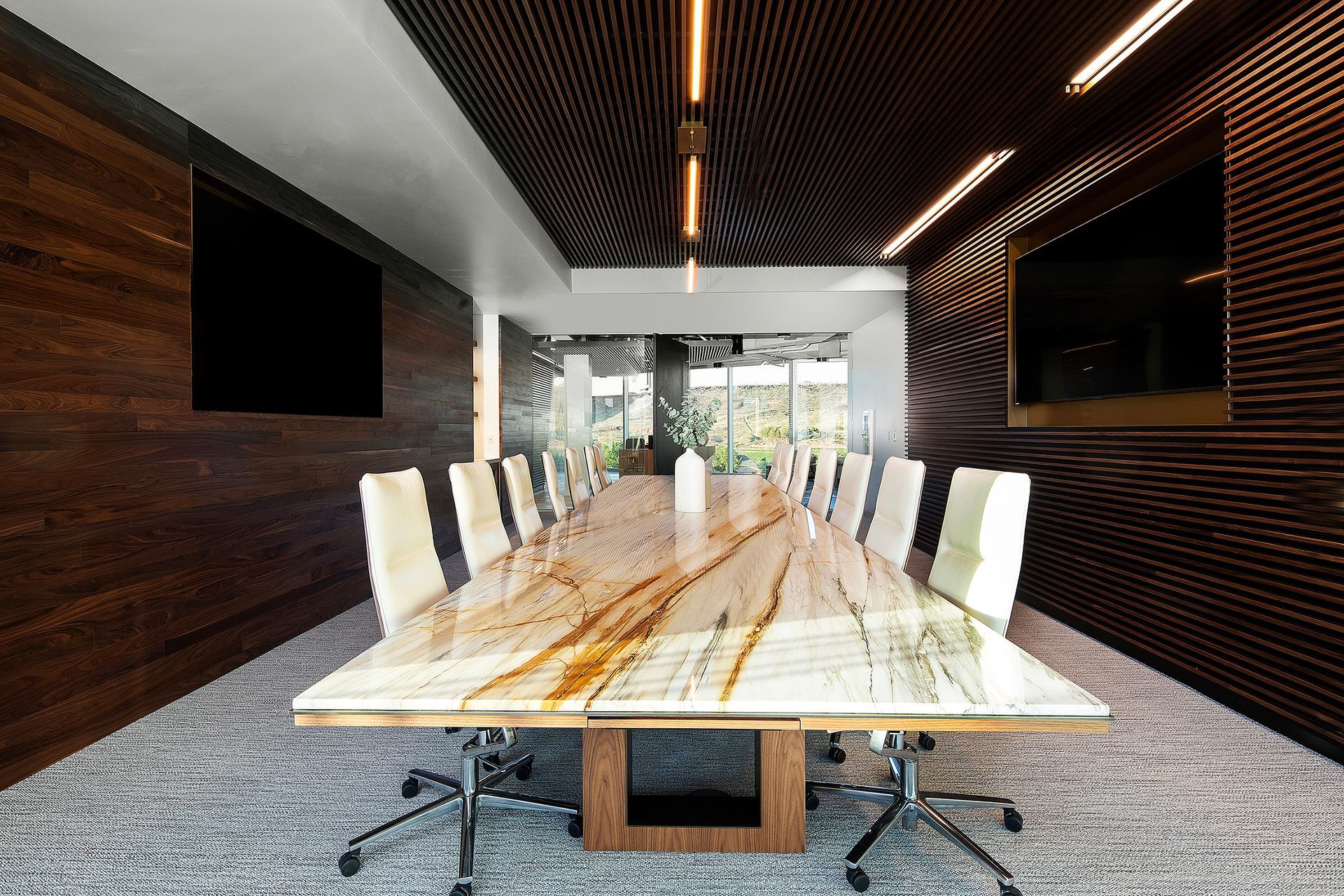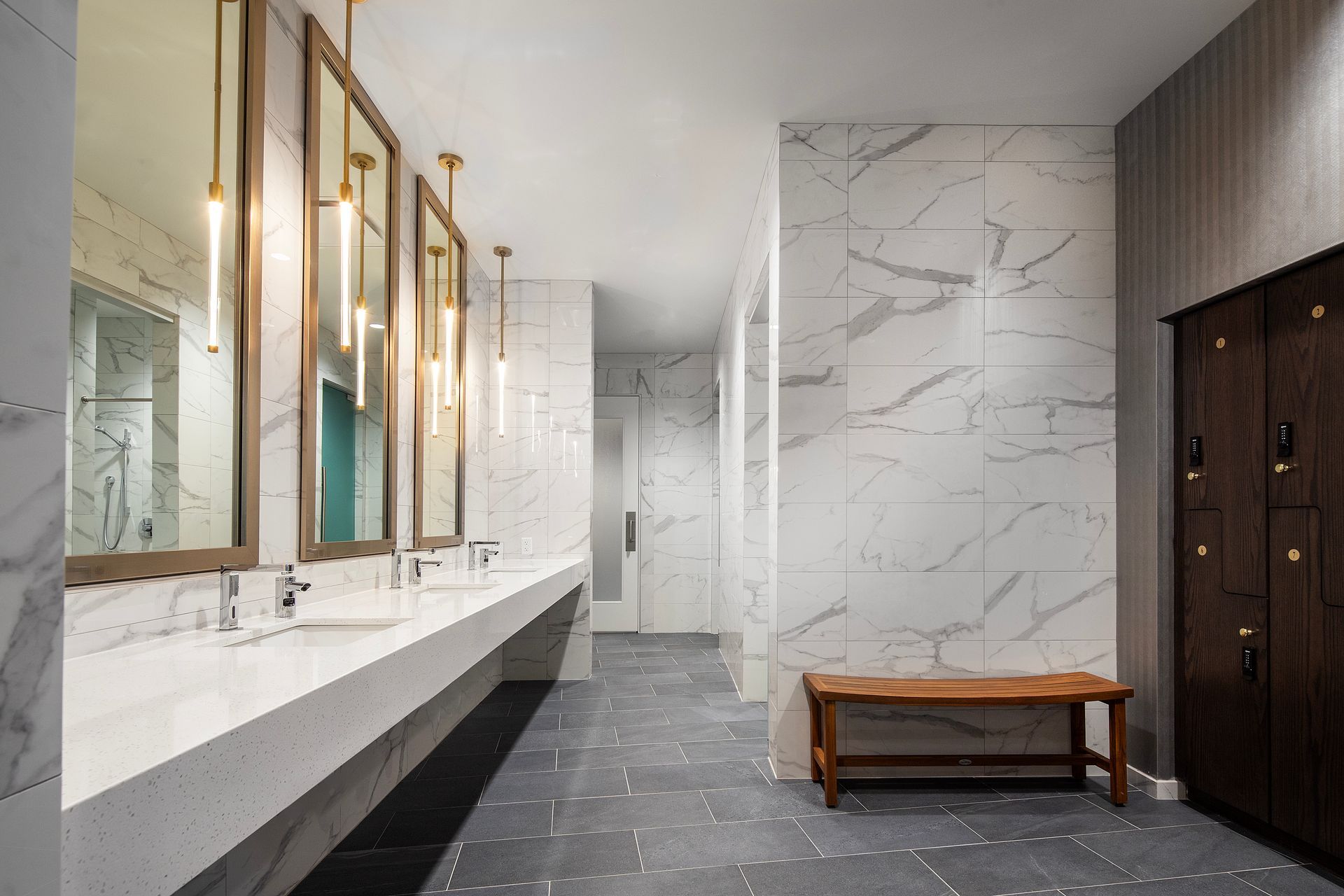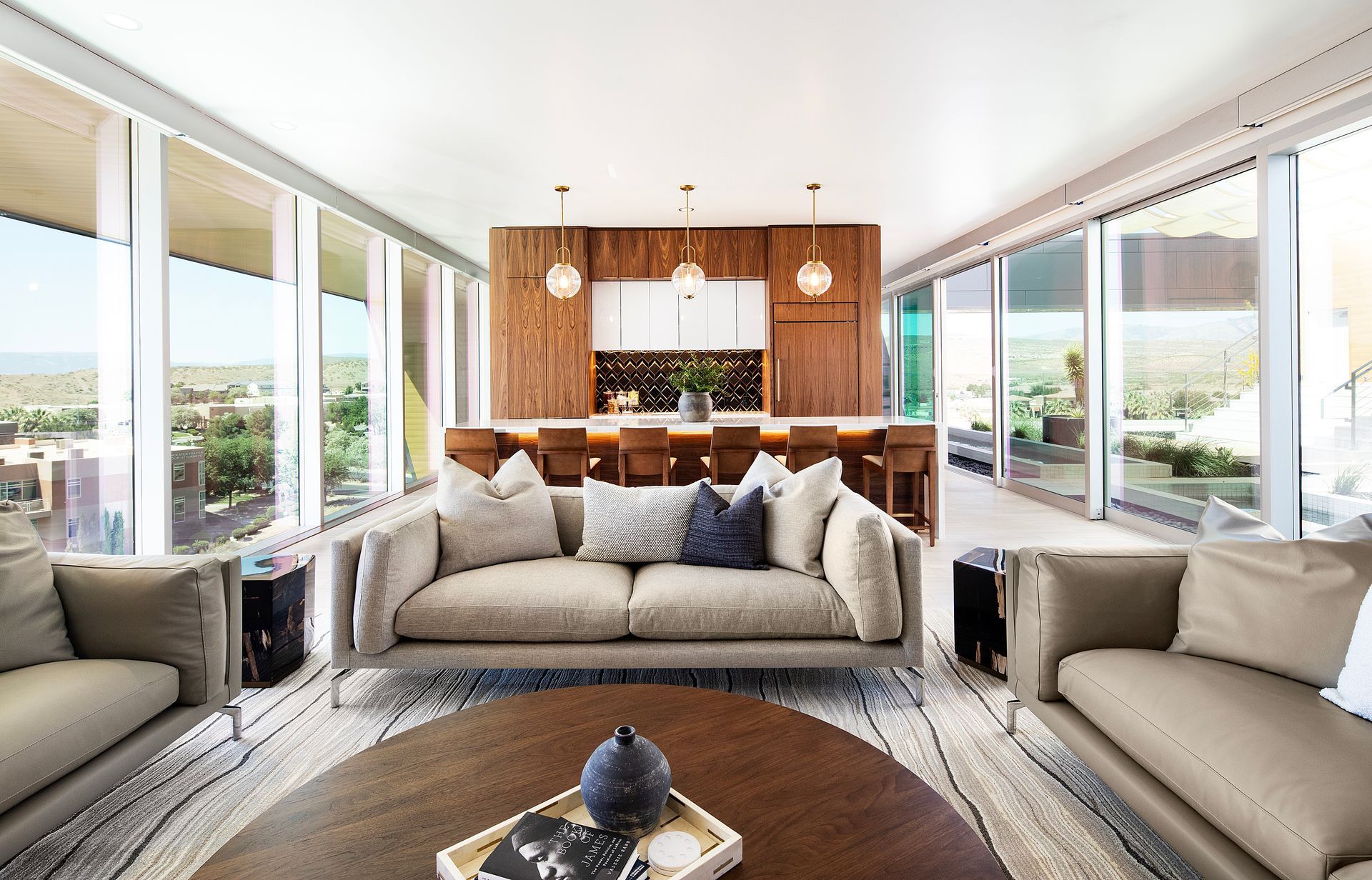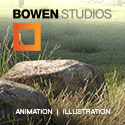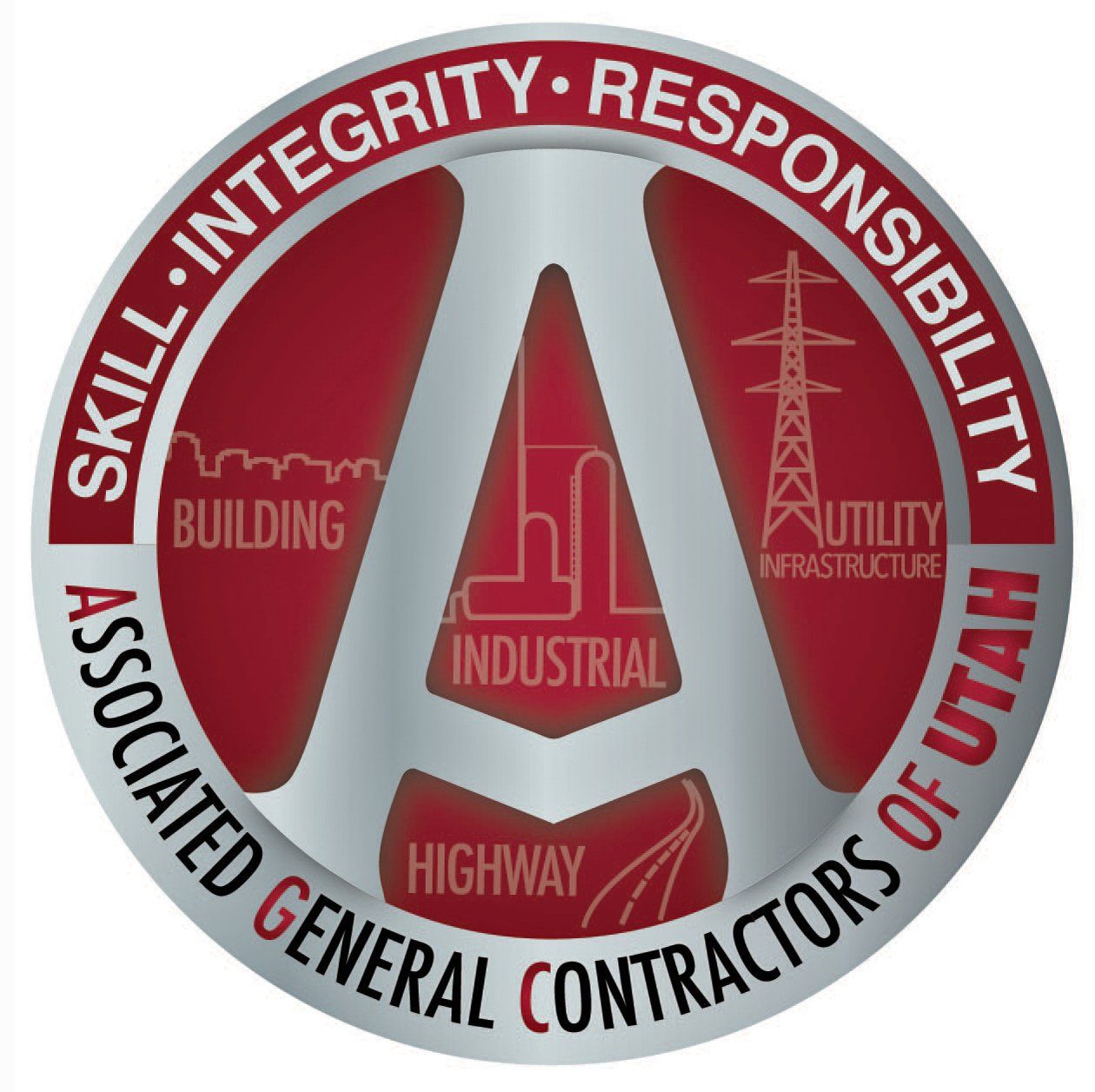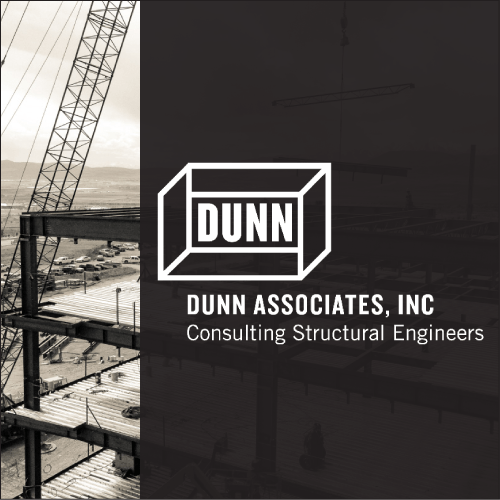Onset Financial’s new Red Rock Division Headquarters makes a bold statement in Southern Utah, showcasing the firms optimistic outlook while pushing the limits of design and construction. By Milt Harrison
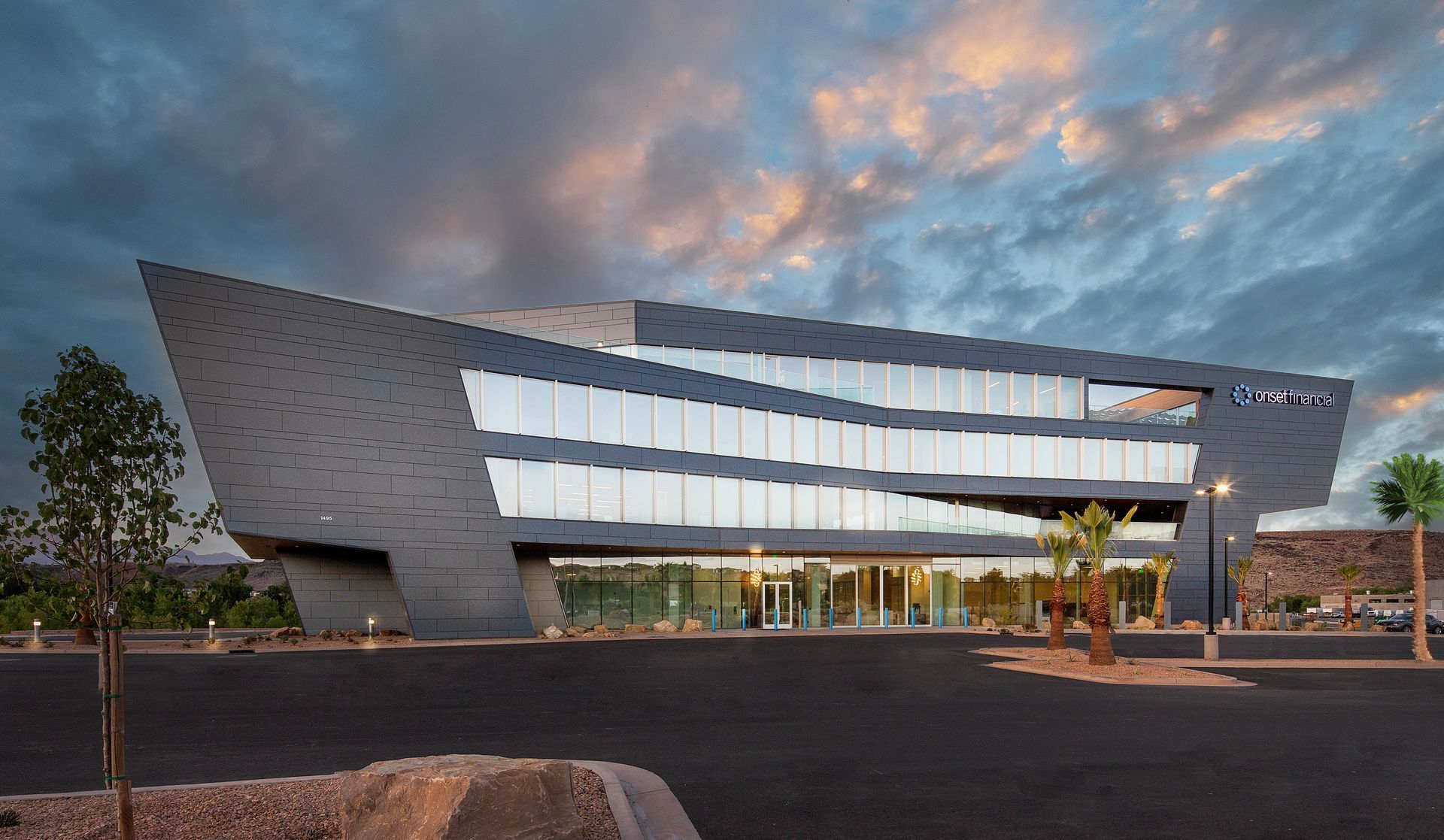
As the commercial construction market in Southern Utah—particularly Washington County—continues to heat up, Onset Financial's dazzling new four-story corporate headquarters for its Red Rock Division makes a bullish statement about the company's outlook for the greater St. George area.
Indeed, the owner-occupied structure totals 60,000 SF and is designed to harmonize aesthetic appeal with supreme functionality, given that it houses 23 offices, 86 cubicles, myriad state-of-the-art amenities, and a swanky top-floor corporate penthouse for Onset owner Justin Nielsen that is second-to-none.
Developed by Salt Lake-based Asilia Investments, CEO Jonathan (Jono) Gardner stated frankly that this project is the nicest, most expensive office project per square foot that his firm has been involved with, and it speaks to Onset's aggressive business practice and optimism in the future of the equipment lending market.
"You walk into that building and you know you're in something special," said Gardner. "It's [Onset Founder Justin Nielsen's] way to attract talent. He said, 'This is the way I'm going to build my business,' and he put his money where his mouth is, [wanting] to go above and beyond anything in the market. He leaned into this with an attitude of 'this is my business, this is my operation, I want people to know this is the place to be.’ He has incredible vision and can see things before they happen."
Designed by Salt Lake-based Axis Architects and built by Salt Lake-based Okland Construction, the two firms worked harmoniously with each other via a CM/GC delivery method to produce one of the most unique structures imaginable, with a highly-complex layout where two gridlines intersect each other at a specific point in the middle of the building, with the layout based off this one intersection in all directions and floors not situated directly above each other.
Gardner charged the design team, led by Pierre Langue, Founder of Axis Architects, to "give us something we've never seen before." In addition to the unique floor layout from floor to floor, they wanted to take advantage of incredible views into Snow Canyon and the environment in general, along with being situated along the Santa Clara River, which offers its own unique aesthetic beauty.
Langue pointed out his firm’s perpetual refinement of using "apertures"—a "design element we've been developing and including in our designs for 20 years that is a continuation of an effort instead of one individual design," he said. "It's in reference to a camera—you're inside a box and framing the view. It's a great feature on the inside because you can frame the different views."
“That's why the [floor] plates are rotated. It gave us a way to focus the view on something very specific that you want the viewer to see."
In addition, said Langue, apertures on the outside are used as an extension of the building and help create shading for the large expanses of glass.
Designing the complex floorplate grid was one thing, building it was another.
"The layout was difficult because the gridlines were not particular to each other, and they didn't necessarily transfer to the floor above," said Tyler Dehaan, Project Manager for Okland, adding that it's the firm's first project of this kind. He said the "first pier footing we poured was crucial"—it had a column that extended at an angle and only connected to the building at the top floor, and was 15 feet lower in elevation than the first floor. "I was really concerned about that column not being in the right location/elevation and then the steel column not fitting," he added.
Dehaan said they wouldn't know for six months if everything would fit—until all the footings, the foundation, three concrete cores (two stair towers, one elevator), and structural steel up to level four were completed.
"In the end, it fit perfectly," said Dehaan. "There were no issues."
Pouring the three cores was both challenging and labor intensive, and because structural steel tied into the cores, construction on steelwork had to wait until they were built. Okland self-performed the slip-forming process with help from some experienced concrete subcontractors.
"When you see what's going on with the structure, you see the genius behind it," said Gardner. "The common cores hold it in place."
Another critical and highly unique construction aspect was building a robust “sea wall” along the Santa Clara River capable of withstanding a 150-year flood event. Nielsen had concerns about the building being so close to the river but also wanted a dynamic outdoor terrace with direct access to a bicycle/running path along it. Hydraulic consultants collaborated on a “belt and suspenders” type of decision, said Dehaan, with crews digging down 15 feet below the main floor and installing a retaining wall below the flow line of the river. A wall of riprap and large cobble rocks were installed after the retaining wall was completed and during backfill. A similar build was done along the dry wash on the other side of the site.
Striking Glass Exterior; Loads of Modern Amenities
With a main entrance hall accessible from both sides of the building, the building's functionality is paramount. A vestibule serves as the conventional entrance from the parking and drop-off lane on the west side, yet the lobby also features large operable glass walls on both sides that open over 20 feet on each side to blur the line between indoor and outdoor space.
The first floor is considered the “lifestyle level,” with an array of incredible employee amenities. Prominently positioned directly behind the reception desk is a 3,800-SF game room with a half-court basketball and pickleball court. The basketball court is apropos, given that Nielsen played hoops collegiately at Weber State University in Ogden from 1994-96. A 1,200-SF bistro shares the ground level and is designed to host large groups, with another set of large operable glass walls that opens onto the terrace, offering respite from the relentless Southern Utah sun. An adjacent fitness center offers views to the north and is ideal for personal fitness and small group activities. Convenient upscale locker rooms encourage a well-rounded, healthy lifestyle for employees, another staple of Onset's culture. An interior atrium connects the ground level lifestyle floor via an active and open stair, while a massive digital display screen soars two stories within this space.
Level Two is dedicated to Onset's sales team, with a state-of-the-art, multi-media training room. Level Three is primarily dedicated to the management team, with an array of executive offices suites and conference rooms. Flanking terraces on opposite sides of each floor provide shaded outdoor spaces for small gatherings and fresh air.
The fourth floor is on an entirely different level for an office building, as the entire 12,000 \SF floor serves as Nielsen's executive suite, and his penchant for hard work and personal health and well-being.
Guests can arrive via elevator or stairs and are ushered into a private executive waiting area by way of the tasteful 2,000-SF oasis garden. Here, they enter the CEO’s office with a 60 ft. wide by 14 ft. tall glass wall delicately perched over 50 ft. in the air and positioned to embrace distant views of Snow Canyon. A luxurious board room is positioned with west-facing views and is serviced by an executive kitchen and lounge for break-out activities in a more casual setting, including access to a spacious private outdoor terrace.
Other items within the CEO's suite include a personal fitness center, steam room, locker room with access to the oasis garden, and an outdoor plunge pool for moments of isolation and introspection. A luxurious lounge with kitchen and area for repose completes the south end of the fourth floor.
Langue said the project makes a world-class statement across the board.
"The origin of design was to create an exceptional building for employees to work in, along with being a recruiting tool," said Langue. "The direction was...you have no direction. He said, 'don't underwhelm'. The point was the sky's the limit at first, and then bring it back if we have to. The building was naturally tall, so it gave us opportunities to capture different views. Each [floor] plate shifts and rotates as the building goes up, so you have different views focused in different directions."
Langue offered high praise for his team, including Brian Junge, Melissa Bigger, and Lena Borisenko (interior design), noting a high level of refinement and attention to detail in all design aspects.
"We kept the project moving forward and true to design," Langue added. "Sometimes project ideas get diluted. We were able to create big, open areas of glass where the building looks like it's floating from the base, and overhangs these huge apertures that we created. Behind it all was a very strong concept and sense of discipline—we really stuck to that."
"This project was very rewarding...a once-in-a-lifetime experience," added Dehaan. "There are not many projects like this, and I have never built anything as unique. Between the sea wall, the rotated floor plates, the fourth-floor gardens, there isn't any comparison in St. George like the Onset building."
